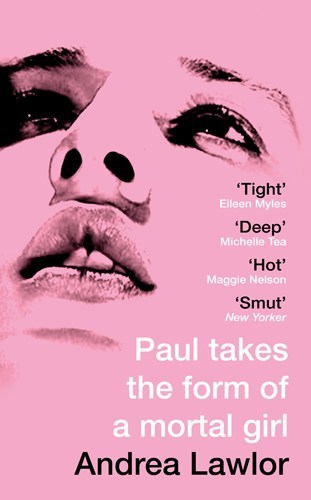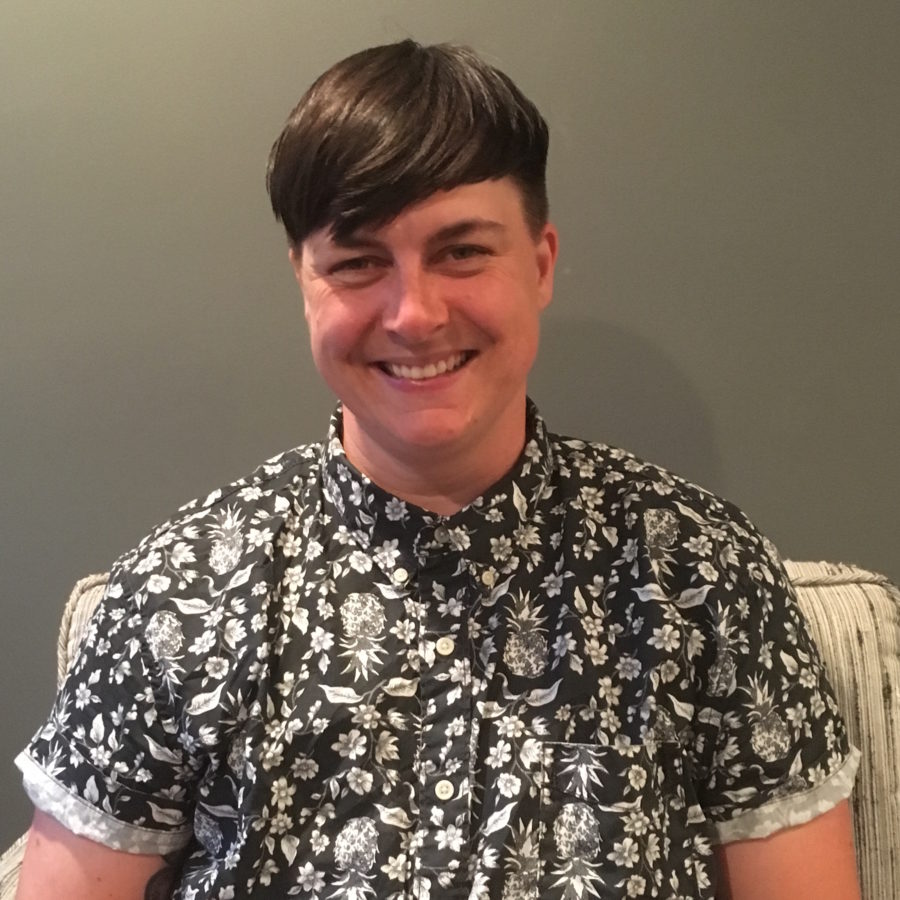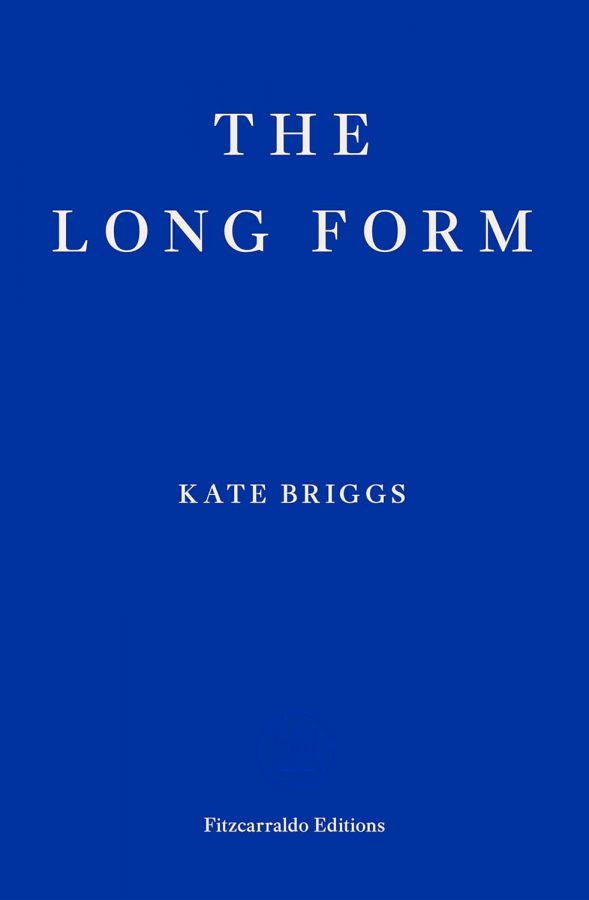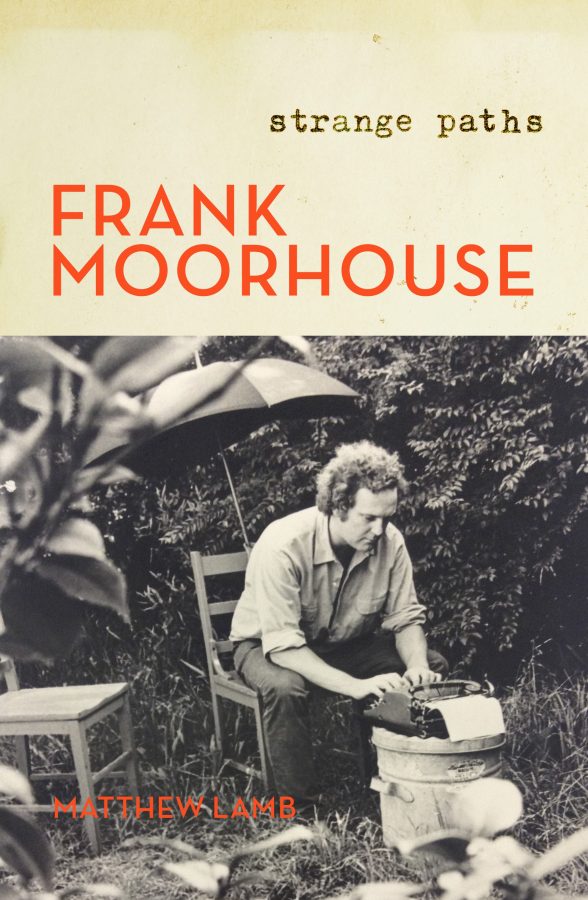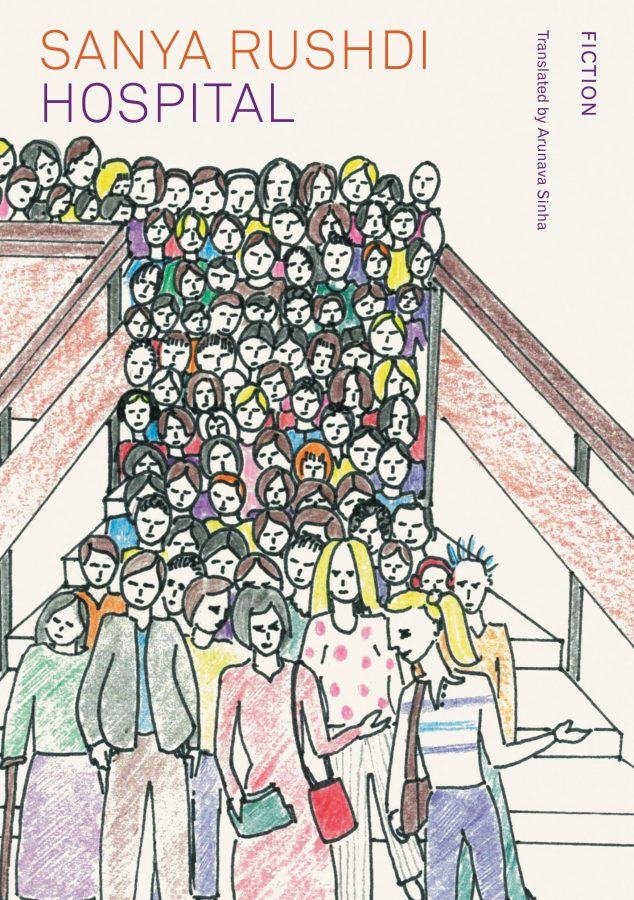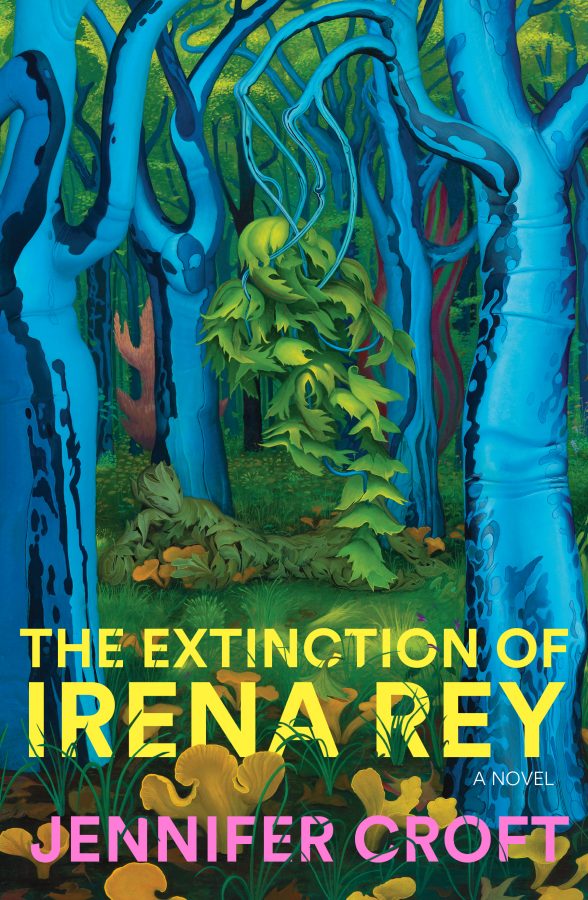Paul Takes the Form of a Mortal Girl tells a series of stories that we already know, but it achieves its familiar ends through decidedly unfamiliar means. Andrea Lawlor’s first novel presents us with the queer young adulthood of Paul, who possesses a seemingly magical skill: the ability to change form, to will his body into whatever shape he would like it to take.
Beginning in Iowa City – where Paul and his best friend, Jane, share beer, coffee, and clothes as they commiserate about the challenges of being sexually ambitious young queer people in a small, Midwestern college town – Lawlor’s novel quickly removes to Michigan, to New York, to Provincetown, and to San Francisco, following Paul in his search for fun and experience throughout a geography familiar to many who were queer in the 1990s. And with every new setting, a new body: Paul proves a most effective sexual chameleon – jokingly referring to himself as a ‘replicant’ and a ‘T-1000’ (in the cultural idiom of the decade) – by changing form from leatherman to twink, femme dyke to punk faggot, depending on the social milieu and what seems most likely to get him laid.
Because of its locations, its desires, and its literary influences, this is a novel that creaks with the weight of familiarity; this is not a fault. At times, Paul’s story is that of Orlando, the eponymous hero of Virginia Woolf’s 1928 novel, who – like Paul – fluidly changes genders across time and place. We hear echoes of the unaging Orlando’s arrival and dalliance through some of the most traditionally important moments of British history in Paul’s inadvertently virtuosic ability to be at the right place and time for some of the most iconic moments of recent gay history.
But Paul is not just Orlando; he is also our Virgil, guiding us through the highs and lows of the other Gay ’90s: New York City, a decade into the AIDS crisis; the Michigan Womyn’s Music Festival during the earliest and loudest years of its committed transphobia; San Francisco during the post-riot grrrl musical and cultural explosion; even Provincetown during the quietude of its off season. Paul skips from one storied queer locale to the next, detailing gay landscapes of the United States in which contemporary queer culture finds some of its most definitive history, and from which it derives some of its collective memory.
Finally, and most importantly, Paul’s story is broadly a fairy tale, in both cutely literal and figurative senses of the phrase. But instead of delivering what we expect of fairy tales – dramatic conflicts with clear rights and wrongs, as well as tidy, optimistic conclusions – Lawlor reconfigures the fairy tale, offering up this funny little narrative form as an origin story for Paul that is intentionally ill-fitting.
Indeed, the first third of the book – where we learn about the queer present of our protagonist – is punctuated by an episode that at first seems abrupt and disconnected from the previous material. This barely three-page diversion details the romance of an unnamed husband and wife who have just had their first baby, a beautiful, easy-to-tend little boy. Their hothouse family bliss is interrupted, however, when they effectively become collateral damage in an ongoing conflict between local fairy kingdoms, each run by an exacting queen. The couple’s perfect human baby boy is stolen by a fairy diplomat negotiating peace between the two kingdoms and offered as tribute to one of its queens. In its place, the fairy diplomat leaves a beautiful and querulous fairy baby who has assumed the shape of a human infant.
As the novel progresses, it becomes retrospectively clear that Paul is this fairy changeling, the ‘squalling child’ who refuses to be dressed in a tiny football uniform and drinks only strawberry milk. If, as queer studies scholar Elizabeth Freeman astutely pointed out, ‘we cannot reproduce little queers with sperm and eggs, even if we do choose to give birth or parent: making other queers is a social matter,’ Lawlor’s novel offers an inventive challenge to this assertion. The book generates an alternative origin narrative for queers: one defined not by the agonistic logic of nurture vs. nature, but rather by the anti-hereditary world of the fairy tale.
Paul Takes the Form of a Mortal Girl also showcases the fairy-tale-like experience of queerness itself: the both wanted and unwanted reappearances of lovers and friends left behind (that one might run into a lover from Provincetown or Chicago on the streets of San Francisco is not only unsurprising, it is perhaps even likely), and the bittersweetness of inhabiting a full, sanguine world adjacent to and coeval with the world deemed ‘real.’ For anyone who was able to experience a counterculture before the internet, there is something of a fairy tale or magic in that, too: rules to be learned, etiquettes to be absorbed, wolf suits and red capes that can be donned or doffed.
As the novel unfolds, we also learn that Paul is not alone in his experience of the magic of queer being. Indeed, his ability – to transform his body, to take on a myriad of different gendered and sexualized shapes – is remarked as a special, yet simultaneously ordinary, form of difference, more or less accepted by the dates and peers to whom he discloses his condition. Throughout the novel, Paul even encounters other queer people with similarly mythological capacities. These include Diane, a dyke Paul meets while in lesbian form at the Michigan Womyn’s Music Festival, who can talk to animals (she saves him from a bear, tries to convert him to veganism, and later breaks his heart); and Robin, another changeling who, like Paul, can assume any kind of body – in terms of size, anatomy, gender – and whom Paul cannot decide whether to try to fuck or befriend. And, as far as we know, it is only the queer people who have these powers in Lawlor’s novel (although, to be fair, this is a novel felicitously low on non-queer personnel).
Yet, as much as Paul’s story resembles a fairy tale, this is not a novel that brokers much in happily ever afters. As readers, we follow Paul through the vicissitudes of heartbreak, poverty, depression, and death. That the novel is set in the early 1990s, at the same moment as the development and wider use of antiretroviral therapies, means that its sonic backdrop is not the swelling of love songs. Instead, it’s the dissonant rawness of Bikini Kill and Hole, interrupted here and there by the ringing of landlines and beeping of answering machines announcing the deaths of queer young people, and the unanticipated resiliencies of older seropositive ones.
If there is a lesson to be gleaned from the tale of this novel’s titular fairy, however, it is perhaps that fairy tales are important, less for their explanatory power than for their world-making potential. As the novel unfolds, Paul’s story – and even his unique ability to transform his body – begins to seem less like a fairy tale and more like the queer theory courses that he and Jane have been taking in Iowa City, come to life.
For example, when Paul (who has assumed the body of a non-transgender woman named Polly) and Jane arrive at their short-term summer jobs at the Michigan Womyn’s Music Festival – ready to dive into the storied dyke sexual culture of its moment – the two frame their approach to cruising through the now-foundational queer political and theoretical thinking of Gayle Rubin, Joan Nestle, and Judith Butler:
‘Let’s find the ladies,’ said Jane, parking.
‘Watch out, ladies,’ said Paul, strapping on Jane’s backpack and hugging their two borrowed sleeping bags. ‘I am feeling very sex positive, very Gayle Rubin. I have a somewhat Persistent Desire.’
‘I love that you’re a big dyke now, Paul. I really do. But if you cramp my style I will out you so fast your head will spin.’
‘No political revolution is possible without a radical shift in one’s notion of the possible and the real,’ said Paul.
‘Seriously?’ said Jane, distracted by a flat-topped person with an armload of timber. ‘Ooh, looky!’
As Paul somewhat acerbically quotes Judith Butler’s Gender Trouble (1990) at Jane (concerning ‘one’s notion of the possible and the real’), we glimpse another origin story for his transformative abilities: not fairy tales, but critical theory. In many ways, Paul is the living, breathing materialization of Butler’s notion that all gender is drag – and that our performances shape whom we become, just as much as who we putatively are might shape those very performances to begin with.
Paul marvels throughout the novel at the experience of difference: morphological sexual difference, yes, but also just the insurmountable lack of equivalence between two different people’s understanding of the same thing, whether it be something as commonplace as a song or as complicated as a friendship or romantic relationship. His transformations mean that Paul experiences distinct sensations and gains special and specific understanding through living in his many different bodies: that of a Provincetown townie dyke or a Midwestern bar fag, for example. And yet these particularized experiences and knowledges, the novel makes clear, cannot be reduced to the mere fact of Paul’s sexual difference as he assumes new forms.
Instead, what Paul’s Janus-bodied experience allows him is perhaps a different kind of insight, one that provides a crisp illustration of the first, oft-cited axiom of Eve Kosofsky Sedgwick’s still-stunning introduction to her Epistemology of the Closet (a now famous early work in queer theory, first published in 1990, and also cited by Jane and Paul): ‘People are different from each other.’ Yes, this is a novel that addresses itself to many kinds of inquiries. But I found myself delighted by the way that, again and again, Paul Takes the Form of a Mortal Girl returns to that age-old stoner question of whether the experiences of different people, living as we all do in separate bodies, are commensurate. That is to say, when I say an apple is red, is the color I am seeing and calling ‘red’ the same as the color someone else is seeing and calling ‘red’? Does my orgasm feel like someone else’s orgasm? (The book seems to answer this last one in the affirmative; Paul’s first orgasm as a lesbian is described as a ‘violent universal bang’).
Despite the fact that the question of bodily or sensate commensurability is staged across the putative chasm of what we call ‘sexual difference,’ however, Lawlor refuses to let bodily sex provide or remain any sort of stable explanatory frame for experience, precisely because of Paul’s ability to change his body. Indeed, while Sedgwick’s ‘people are different from each other’ does point to the endless collection of differences, both large and small, that gather under the auspices of most identity descriptors (but especially gender and sexuality), her deceptively simple little maxim also quietly suggests that, from the start, people are simultaneously always different from themselves.
In this sense, Lawlor’s novel is both about trans experience and a vision of trans experience that is not yet, but could be, and nowhere is this more clear than in our encounter with Paul. His body’s special capacity for change physically stages the limitless potential for a self not curbed by the stabilizing energies of identity – a potential that exists on psychic, social, physical, and cultural levels for all of us.
The Sydney Review of Books and Public Books have partnered to exchange an ongoing series of essays with international concerns. Today’s essay, ‘A Fairy’s Tale’, by Greta LaFleur, was originally published by Public Books on 10 July, 2019.
